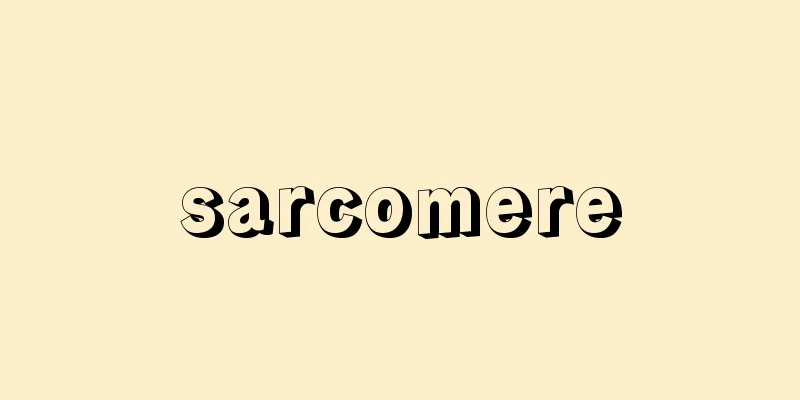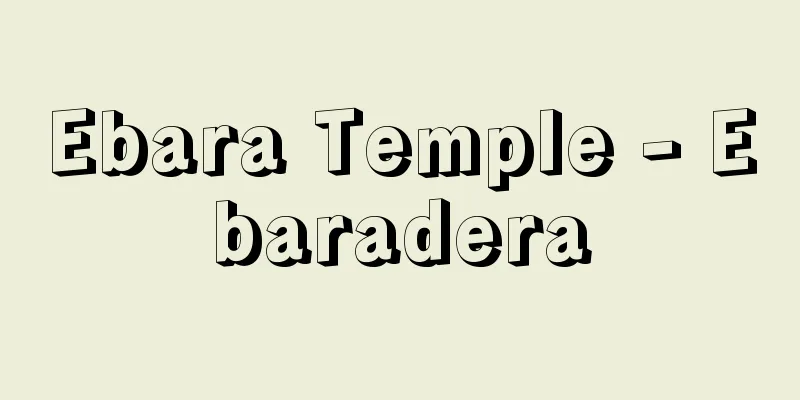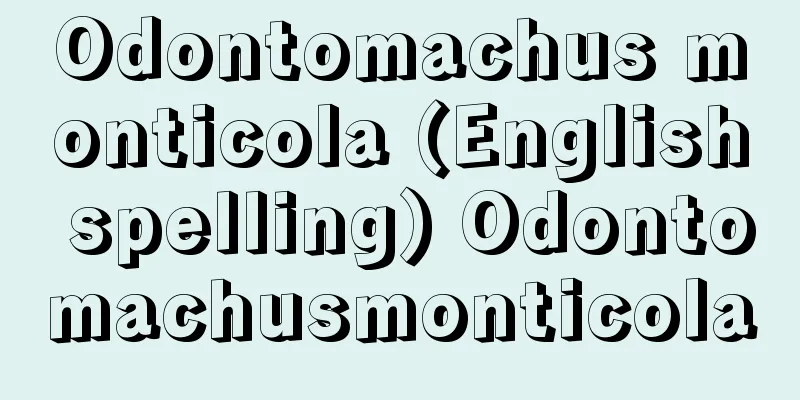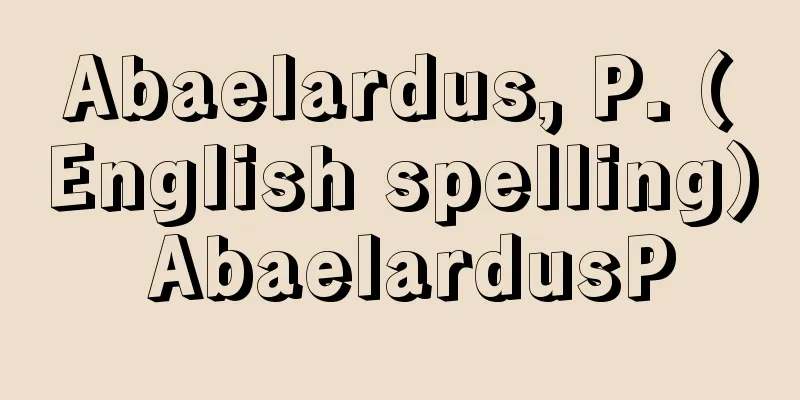Siqueiros - David Alfaro Siqueiros
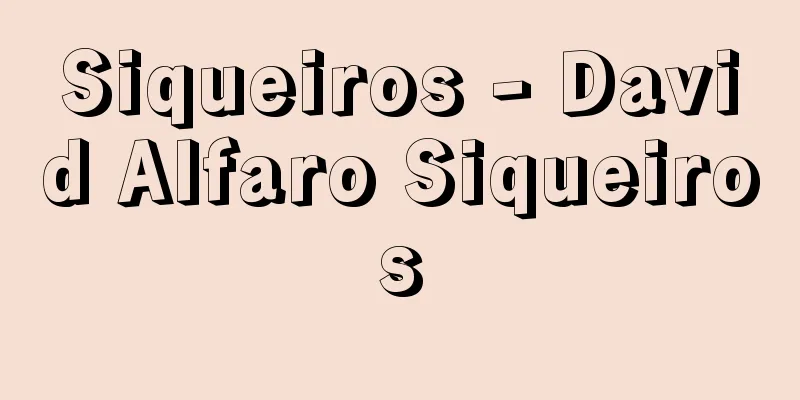
|
Mexican painter. Born December 29th in Chihuahua. Studied painting at the San Carlos Art School. While still a student, he was active in the Mexican revolutionary movement and as a socialist fighter, leader, and artist, but later stayed in Europe as a military attaché at the embassy (1919-22), where he came into contact with the avant-garde paintings of the time in Paris. After returning to Mexico, he formed an artists' union with Rivera and Orozco, and worked on the mural movement. When the Spanish Civil War broke out, he sided with the Republicans, but returned to Mexico after the defeat. In 1940, he caused an incident by attacking the home of Trotsky, who was in exile in Mexico. He was imprisoned and exiled many times for his political activities, but each time he was exiled he created murals in North and South America. His style was based on dynamic realism, but he ignored European aesthetics and instead drew on archaic traditions to create bizarre and shocking shapes and spaces, and instead of paint he created protrusions and used enamel instead of paint. He ambitiously pursued the movement even after the deaths of Rivera and Orozco, and is counted as one of the three great masters of the Mexican mural movement. His major works include murals at the Preparatory (national high school) and university in Mexico City, the Buenos Aires and Los Angeles Art Schools and Art Centers, and a large panel painting of "Echo of the Scream" in Duco (automobile paint). In his later years, he was a leader of the Mexican Communist Party, and died on January 6, 1974, with a state funeral. [Mitsusada Fukasaku] [References] | |Source: Shogakukan Encyclopedia Nipponica About Encyclopedia Nipponica Information | Legend |
|
メキシコの画家。12月29日チワワ州に生まれる。サン・カルロス美術学校で絵を学んだ。在学中からメキシコ革命運動、社会主義の闘士、指導者、芸術家として活動したが、その後、大使館付武官としてヨーロッパに滞在(1919~22)し、当時のパリ前衛絵画に接し、帰国後はリベラやオロスコとともに美術家組合をつくり、壁画運動に取り組んだ。スペイン内戦が勃発(ぼっぱつ)すると、共和派側に味方して参戦したが、共和派敗北でメキシコに帰国。1940年にはメキシコ亡命中のトロツキーの家を襲撃する事件を起こした。政治活動のため幾度も投獄されたり国外追放を受けたが、そのたびに北米や南米で壁画を制作した。画風はダイナミックなリアリズムを基調としているが、ヨーロッパ的美学を無視し、むしろアルカイックな伝統から奇怪で衝撃的な造形や空間を引き出し、平面に飽き足らず突出をつくったり、絵具のかわりにエナメルを使用するなど、リベラ、オロスコ亡きあとも運動を野心的に推し進め、メキシコ壁画運動の三大巨匠の一人に数えられる。主要作品にメキシコ市のプレパラトリア(国立高校)、大学、ブエノス・アイレスやロサンゼルス美術学校、アート・センターなどの壁画、大きな板にデュコ(自動車塗料)で描いた『叫びのこだま』などがある。晩年はメキシコ共産党の指導者であったが、74年1月6日に没し、国葬をもって遇せられた。 [深作光貞] [参照項目] | |出典 小学館 日本大百科全書(ニッポニカ)日本大百科全書(ニッポニカ)について 情報 | 凡例 |
<<: Underground request - Jigeuke
>>: Time series analysis - jikeiretsubunseki (English spelling) time series analysis
Recommend
Tetraspora cylindrica (English spelling) Tetraspora cylindrica
…[Mitsuo Chihara]. . . *Some of the terminology t...
Kameyama [city] - Kameyama
A city in northern Mie Prefecture. Established as ...
American Airways
...It has a route network that covers parts of th...
Relative Death - Aitaiji ni
A legal term for love suicide and double suicide ...
Singer, SJ (English spelling)
...Subsequently, with the progress of electron mi...
Schwabenspiegel (English spelling) Schwabenspiegel German
One of the most important German law books of the ...
Commonwealth - Commonwealth (English spelling)
Currently, it refers to the "Commonwealth&qu...
Gastrointestinal Floatation Test
…Under the Criminal Code, a fetus is considered a...
Imitation Kudamaki - Imitation Kudamaki
An insect of the family Tettigoniidae in the order...
Dhamār (English spelling)
A town in central Yemen, 100 km south-southeast of...
Kii Province
The old name of a province that covers the entire...
Shankugai (English spelling) chank shell
A snail shell of the family Oncotrichum, class Ga...
Crayfish earthworm (English name) Stephanodrilus sapporensis
A member of the phylum Annelida, class Oligochaeta...
Lysichiton
…A perennial herb of the Araceae family that grow...
Iruma Village
...A city in southern Saitama Prefecture. It stra...
